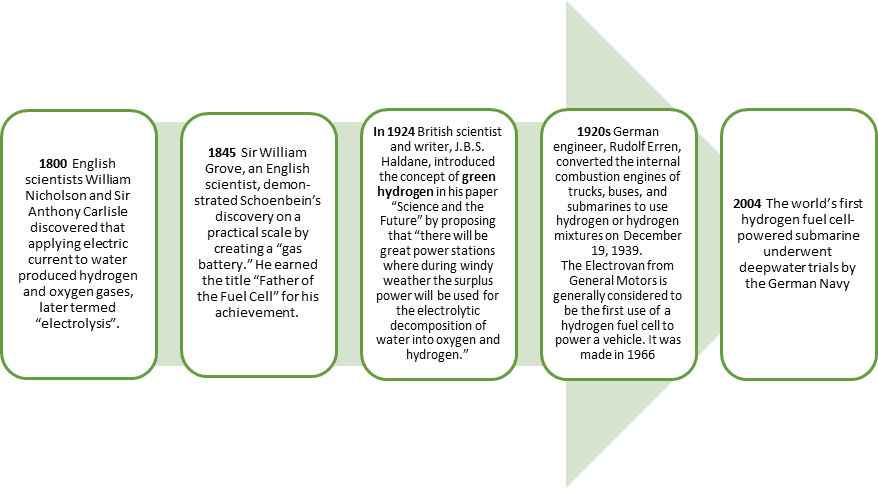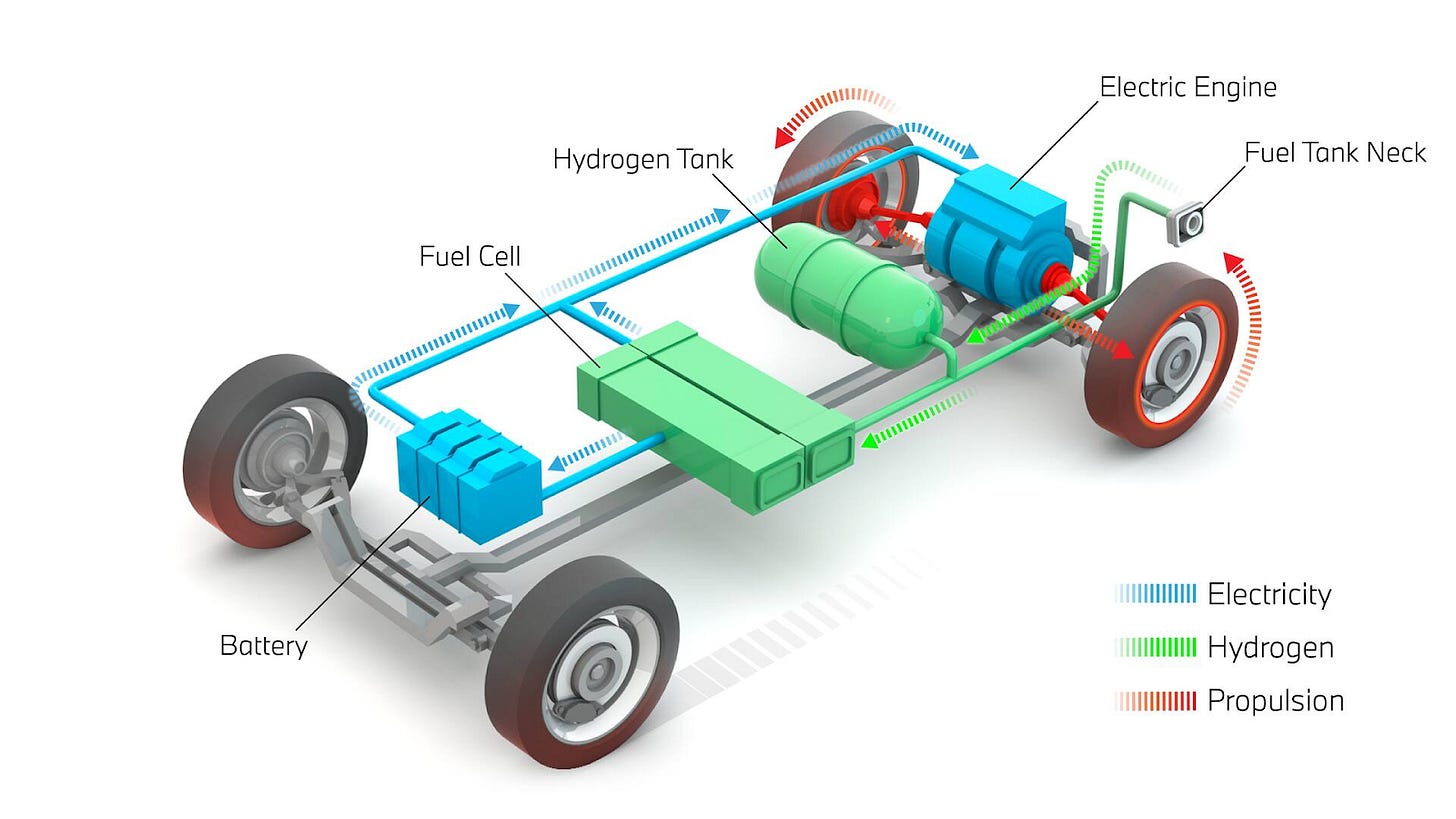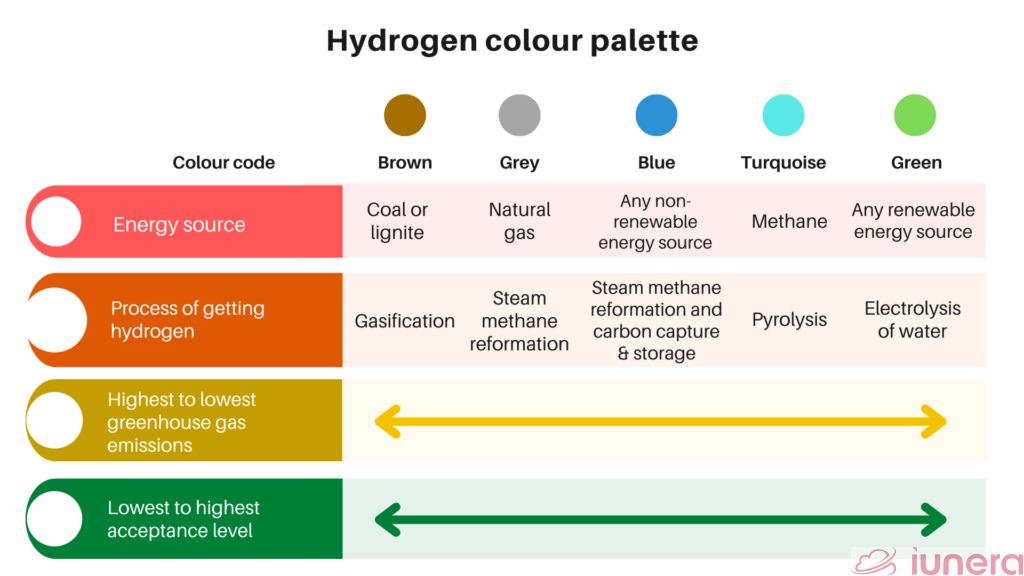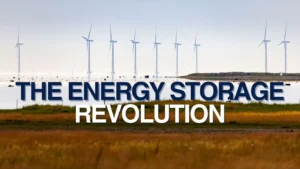Source: Sintef
Hydrogen is a colorless, odorless, tasteless, and nonpoisonous gas under normal conditions on Earth. It typically exists as a diatomic molecule, meaning each molecule has two atoms of hydrogen; this is why pure hydrogen is commonly expressed as “H2”
Hydrogen is the most abundant element in the universe, accounting for 90 percent of the universe by weight. However, it is not commonly found in its pure form, since it readily combines with other elements. It is also the lightest element, having a density of 0.08988 grams per liter at standard pressure.
Hydrogen as an energy source
Hydrogen is useful as an energy source because it has a high energy content per unit of weight, which is why it is used as a rocket fuel and in fuel cells to produce electricity on some spacecraft. Hydrogen is also considered as a high efficiency, low- polluting fuel that can be used for transportation, heating, and power generation in places where it is difficult to use electricity. Hydrogen is not widely used as a fuel now, but it has the potential for greater use in the future.
Storing and Transporting Hydrogen:
Large volumes of hydrogen can be stored in a number of different ways:
- Underground hydrogen storage: is the practice of hydrogen storage in caverns,salt domes and depleted oil/gas fields.The storage of large quantities of hydrogen underground in solution-mined salt domes,aquifers, excavated rock caverns, or mines can function as grid energy storage,essential for the hydrogen economy. By using a turboexpander the electricity needed for compressed storage on 200 bar amounts to 2.1% of the energy content.
- Compressed hydrogen in tanks: Cryo-compressed hydrogen storage (CcH2) and liquid hydrogen (LH2) storage are alternative mature approaches where hydrogen is liquidized at −253°C and compressed into vessels that can be pressurized to 250–350 atm. Accordingly, the size of liquid hydrogen requires larger tanks reaching to about 3 times larger than the current used gasoline tank.Source: Science Direct
The History of the Hydrogen Fuel Cell

Source: Altenergymag; JoiScientific; Interplex
The Hydrogen Fuel Cell (HFC):
How it works:
Fuel cells work like batteries, but they do not run down or need recharging. They produce electricity and heat as long as fuel is supplied.
A fuel cell consists of two electrodes—a negative electrode (or anode) and a positive electrode (or cathode)— sandwiched around an electrolyte. A fuel, such as hydrogen, is fed to the anode, and air is fed to the cathode. In a hydrogen fuel cell, a catalyst at the anode separates hydrogen molecules into protons and electrons, which take different paths to the cathode. The electrons go through an external circuit, creating a flow of electricity. The protons migrate through the electrolyte to the cathode, where they unite with oxygen and the electrons to produce water and heat.

Source: BMW
Does a hydrogen fuel cell require battery storage alongside?
There is one crucial difference between hydrogen fuel cell cars and other electric vehicles – hydrogen cars produce the electricity themselves. So, unlike in fully electric or plug-in hybrid vehicles, the vehicle doesn’t get its power from a built-in battery that can be charged from an external power source. Instead, hydrogen cars effectively have their own efficient power plant on board: the fuel cell. Hydrogen in the fuel cell reacts with oxygen in the air, thereby generating electricity, which is used to power the electric motor, similar to a BEV. As a result, they only emit water vapor and warm air.
Fuel cells have a higher energy to mass ratio and can be refueled in a few minutes.
However, it does have an ecological disadvantage because the production of hydrogen requires a large amount of electricity. Also, , the hydrogen must be transported from the production facility to petrol stations
- Key Applications of HFCs:
- Mobility applications in cars , commercial vehicles (incl. long haul trucking) and public transportation.
- Power Backup – At a local level, stationary fuel cells are used as part of uninterruptible power supply (UPS) systems, where continuous uptime is critical. Both hospitals and data centers are increasingly looking to hydrogen to meet their uninterruptible power supply needs
- Unmanned Aerial Vehicles (UAV) applications: HFCs provide greater energy density and range than battery-powered vehicles
- Marine Applications: HFCs offer an alternative to nuclear power with long range, silent cruising, and low exhaust heat
How is hydrogen produced for commercial applications?
At present, the two most common methods for producing hydrogen are steam-methane reforming and electrolysis (splitting water using electricity).
Most hydrogen in India is produced through reforming methane (CH4), resulting in significant carbon dioxide emissions. There is the potential to capture these emissions using carbon capture and storage (CCS) technology, although this is relatively underdeveloped in India.
Green Hydrogen: Hydrogen produced by electricity generated from renewable energy such as hydro, solar, or wind energy
Brown Hydrogen: Hydrogen produced by electricity generated from coal
Grey Hydrogen: Hydrogen produced from natural gas or petroleum.
Blue Hydrogen: Brown or grey hydrogen production combined with carbon capture and storage/sequestration
Source:TERI report

Source: Iunera
India’s focus on green hydrogen:
- With the current cost of green hydrogen produced by electrolysis estimated at around ₹350 per kg, the plan is to more than halve it to ₹160 per kg by 2029-30. The government also aims to extend the production-linked incentive (PLI) scheme for manufacturing electrolyzers to produce green hydrogen.
- The government plans to implement the Green Hydrogen Consumption Obligation (GHCO) in fertilizer production and petroleum refining, to reduce fossil fuel consumption.
- Ohmium International, a US-based start-up has launched India’s first green hydrogen electrolyzer gigafactory at Bangalore through its India subsidiary. The gigafactory will manufacture India-made Proton exchange membrane (PEM) hydrogen electrolyzers with an initial manufacturing capacity of about 500MW per year and will scale it up to 2GW per year.
- Earlier this year, Mukesh Ambani, Chairman and Managing Director, Reliance Industries Ltd. announced clean energy business plan for the group that will entail three parts — a Rs 60,000-core ($7.94B) investment in four giga-factories that will manufacture and fully integrate all critical components for the business; a Rs 15,000-crore($1.98B) infusion in building the value chain, partnerships and future technologies, including upstream and downstream industries; and repurposing the company’s engineering, project management and construction capabilities towards clean energy.
- Adani group will invest USD 20 billion over the next ten years in renewable energy generation and component manufacturing and will produce the world’s cheapest green electron. The port-to-energy conglomerate plans to triple its renewable power generation capacity over the next four years, foray into green hydrogen production, power all data centres with renewable energy, turn its ports into net carbon zero by 2025, and plans to spend over 75% of capital expenditure until 2025 in green technologies, he said.
Ostara’s Perspective:
The greatest challenge for hydrogen production, particularly from renewable resources, is to reduce the cost of production. For mobility fuel cells, hydrogen must be cost-competitive with conventional fuels and technologies on a per-mile basis. To reduce overall hydrogen cost, research is focused on improving the efficiency and lifetime of hydrogen production technologies as well as reducing the cost of capital equipment, operations, and maintenance.
















